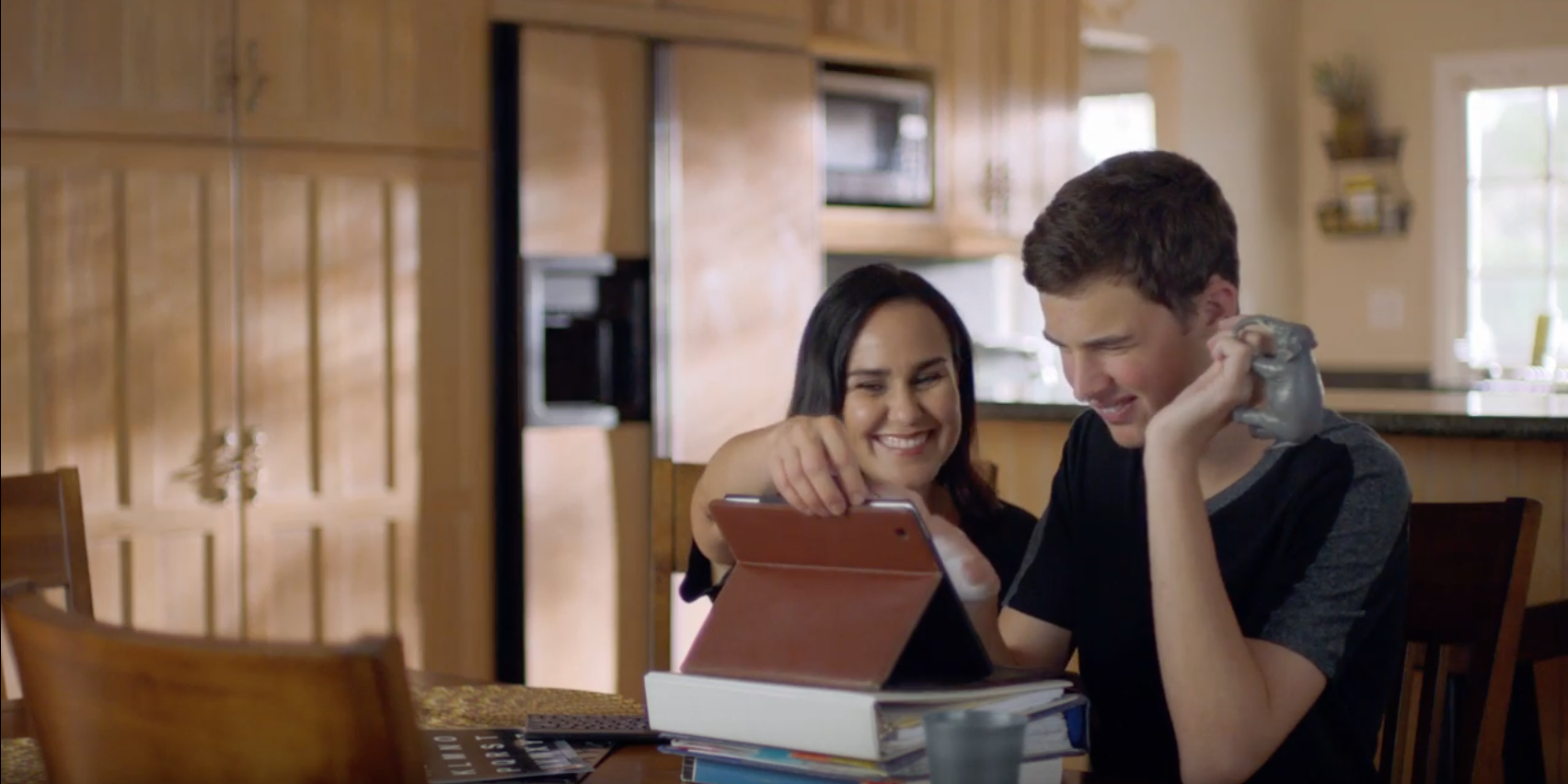
Apple Shares New Heartwarming Videos For Autism Acceptance Month

Apple has released a pair of new videos in honour of Autism Acceptance Month. The campaigns are meant to raise awareness and provide information for the general population to learn more about young people’s struggle with this neuro-developmental disorder.
The short films focus on a teenager named Dillon, who uses his iPad to communicate with the world around him. As stated on Apple’s autism page from its official site, “During Autism Acceptance Month, he reminds us that everyone’s voice should be heard.”
Dillon has the same thoughts and ambitions as his peers, but he is unable to express himself in the same ways. But through technology that employs augmentative and alternative communication (AAC), he is now able to share to thoughts and feelings.
AAC includes any form of communication besides oral speech. When we type, text, draw, or even smile, we are conveying our thoughts, feelings, and wishes through AAC. Those with speech or language problems rely on AAC to supplement or replace speech. In Dillon’s case, it’s a tool in the form of an app on his iPad.
One video, called “Dillon’s Voice,” depicts the young man’s struggle with speech. He lives an active life and goes to school, but is frustrated by his inability to share his thoughts. Dillon inputs his words into his tablet, which then does his speaking for him.

During the video, Dillon said:
“All my life, I wanted so badly to connect with people, but they couldn’t understand because I had no way to communicate. I get to experience the world in a very unique way. I could see the wind, hear the flowers.”
Beyond providing Dillon with a voice, the program helps him with his actual speech, which he can practice by seeing his words on the screen and hearing them pronounced out loud.
In another video entitled “Dillon’s Path,” his mother, Tami Barmache, explains that by age two, Dillon’s struggles had become apparent. Deborah Spengler, Dillon’s therapist, recounts identifying Dillon as an example of a child who is “most challenged.”

They both state the uncomfortable truth that people assume if someone isn’t speaking or maintaining eye contact, then that person doesn’t have much going on inside their head.
Dillon sums it all up in one line: “Having a voice has changed everything in my life.”

